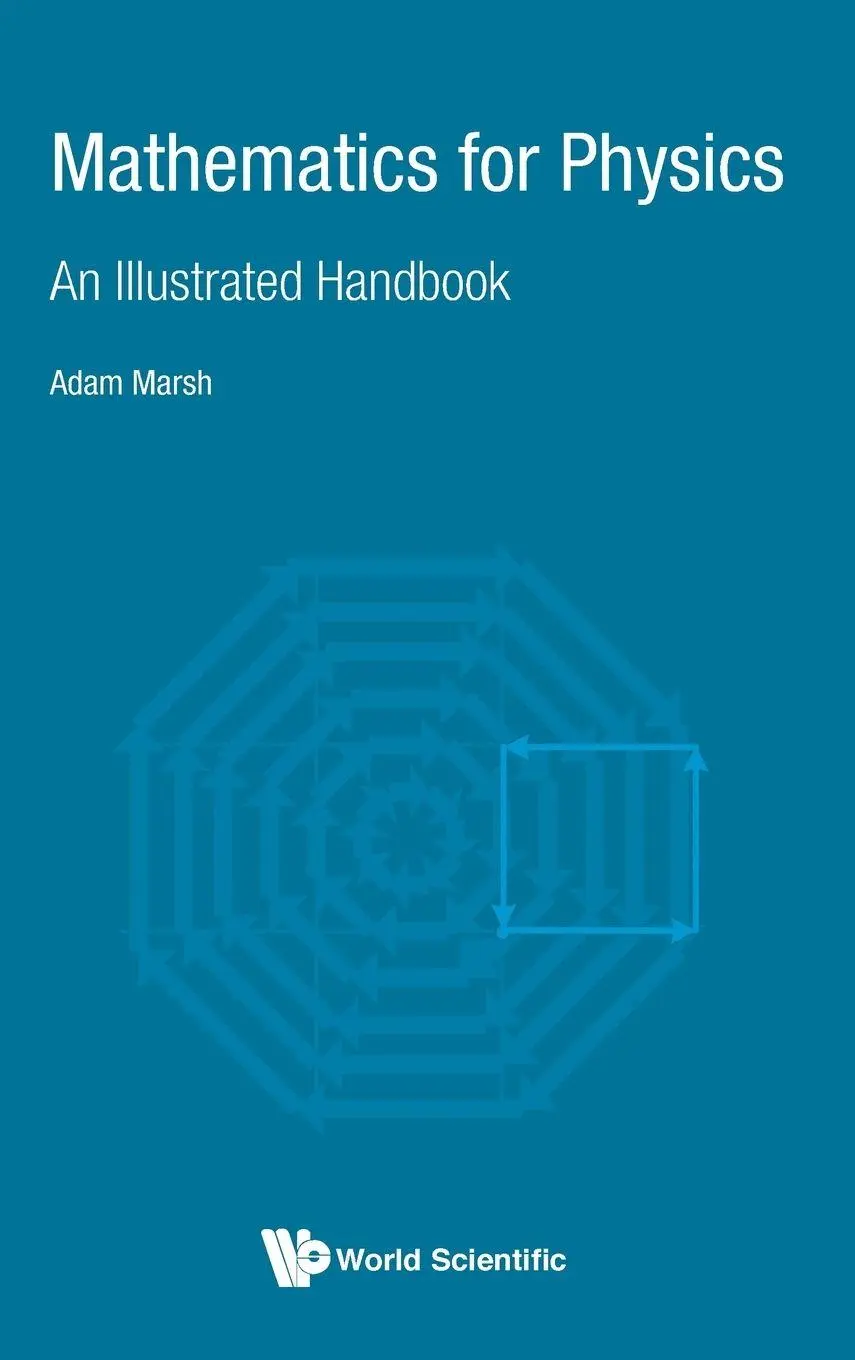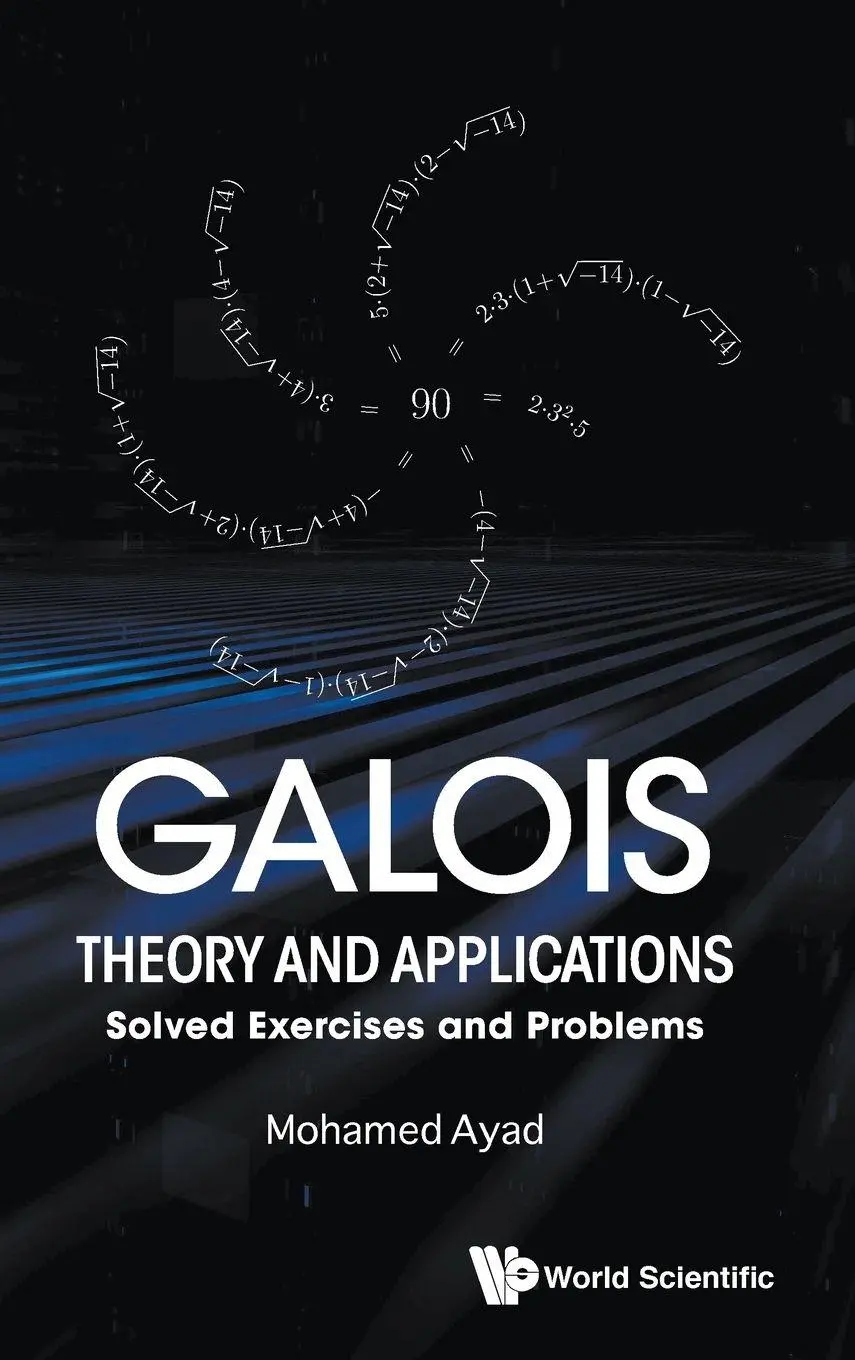36,85 €
Versandkostenfrei per Post / DHL
Lieferzeit 1-2 Wochen
For Life Science students, the first time they encounter a primary literature can be rather daunting, though with proper guidance, they can overcome the initial difficulties and become confident in dealing with scientific articles.
This guidebook provides a structured approach to reading a research article, guiding the reader step-by-step through each section, with tips on how to look out for key points and how to evaluate each section.
Overall, by helping undergraduate students to overcome their anxieties in reading scientific literature, the book will enable the students to appreciate better the process of scientific investigations and how knowledge is derived in science.
For Life Science students, the first time they encounter a primary literature can be rather daunting, though with proper guidance, they can overcome the initial difficulties and become confident in dealing with scientific articles.
This guidebook provides a structured approach to reading a research article, guiding the reader step-by-step through each section, with tips on how to look out for key points and how to evaluate each section.
Overall, by helping undergraduate students to overcome their anxieties in reading scientific literature, the book will enable the students to appreciate better the process of scientific investigations and how knowledge is derived in science.
| Erscheinungsjahr: | 2014 |
|---|---|
| Genre: | Importe, Physik |
| Rubrik: | Naturwissenschaften & Technik |
| Medium: | Taschenbuch |
| Inhalt: | Kartoniert / Broschiert |
| ISBN-13: | 9789814579162 |
| ISBN-10: | 9814579165 |
| Sprache: | Englisch |
| Einband: | Kartoniert / Broschiert |
| Autor: | Foong May Yeong |
| Hersteller: | World Scientific |
| Verantwortliche Person für die EU: | Libri GmbH, Europaallee 1, D-36244 Bad Hersfeld, gpsr@libri.de |
| Maße: | 229 x 152 x 7 mm |
| Von/Mit: | Foong May Yeong |
| Erscheinungsdatum: | 16.01.2014 |
| Gewicht: | 0,184 kg |












